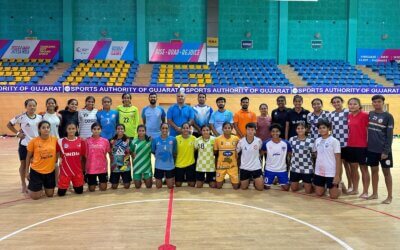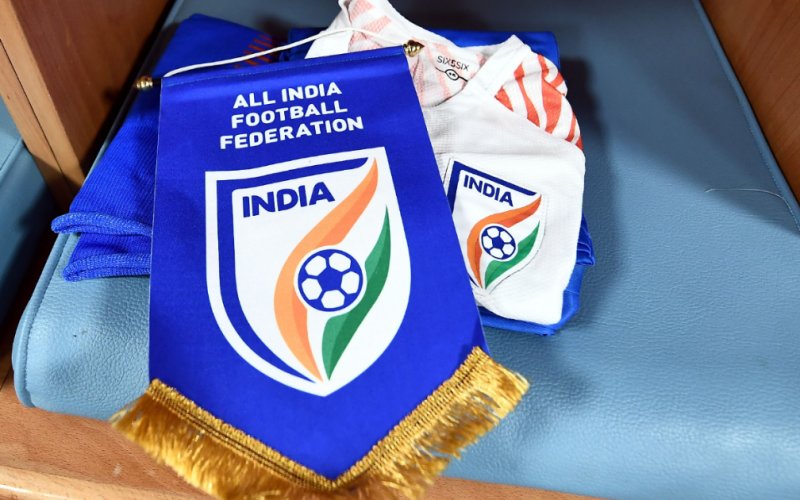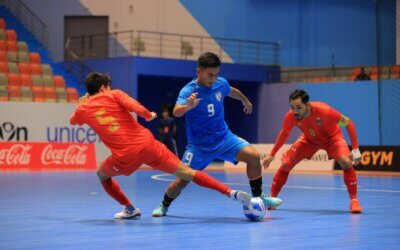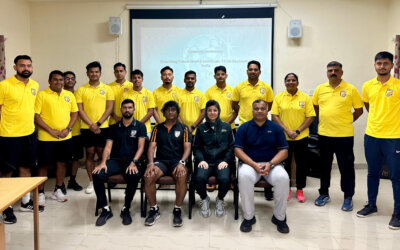By Dhruv Shah,
AIFF Media Team
NEW DELHI: The inaugural edition of the Hero Futsal Club Championship all set to kick-off in New Delhi from November 5-13, 2021 will see 16 teams battle it out amongst themselves for the top honours.
The story of the sport traces its origin back to almost a century ago, Futsal was started by a few Uruguayans who wanted to play football whilst being unaffected by the weather conditions outside.
Over the years, the rules and regulations of the game changed, and it became a recognized sport in itself during the 1950s and 1960s. Fast-forward to 2021, and Futsal is one of the fastest growing global sports, which has captured hearts in over 170 countries.
HOW IS IT PLAYED?
Futsal is played on smaller pitches, with smaller balls and smaller goals than the ones in football. It is often played as an indoor sport, on a flat and smooth surface. The ball is smaller than the usual football, and bounces less as well, with players required to have extravagant technique and skills.
A team is able to field five starting players, with four of them as outfield players and one as a goalkeeper. Rolling substitutes are one of the most entertaining elements in futsal, with teams able to substitute players as many times as they want. With smaller pitches, very less time on the clock and an unlimited number of substitutions, futsal is played at an intense pace which is a joy to watch.
THE DIFFERENCE
1. A Futsal squad consists of 14 players, with 5 on-field players (including goalkeeper) and nine as substitutes.
2. Each half lasts 20 minutes, with the clock stopping when the ball goes out of play.
3. Penalties are taken from a six-meter distance in futsal, while free-kicks are taken just like they are taken in football. However, once a team have committed five fouls in one half, for every subsequent foul their opponents get a free shot at goal from the second penalty mark, which is ten meters out. These counts are wiped out at the end of each half.
4. A player can be dismissed from the game for two yellow cards or one red card. The individual will not be able to return to the game after that, but the penalized team can bring on a player two minutes after the player has been dismissed, or earlier if the opponent scores a goal.
5. If the ball goes out of play or hits the roof, it is resumed via a kick-in from the touchline.
6. When the ball crosses the goal line, a corner or a thrown goal clearance is awarded.
7. When the ball goes out of play, the player in possession of the ball has to restart the game within four seconds.
8. The goalkeeper is not allowed to control the ball for more than four seconds in their own half.


 Shop
Shop






